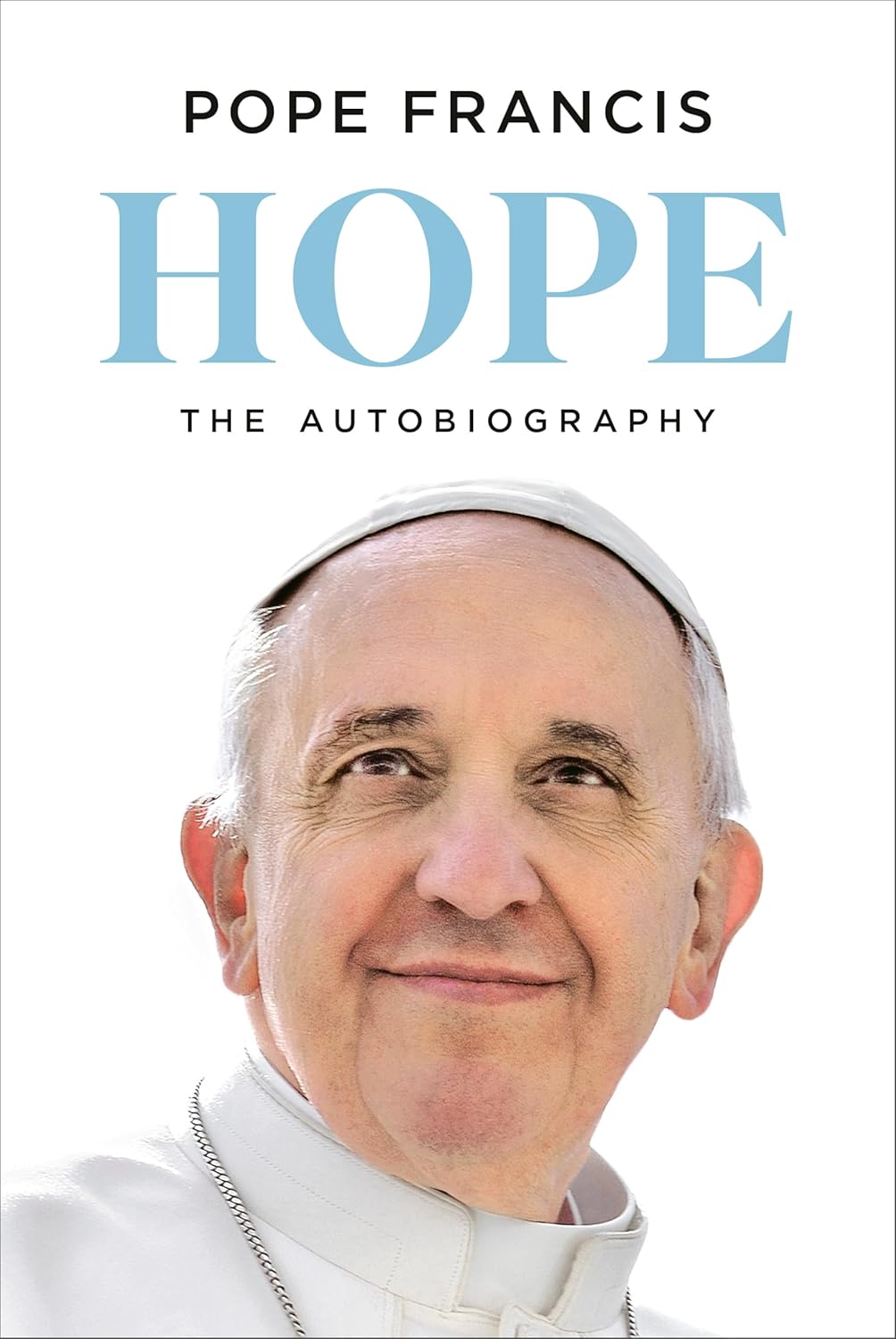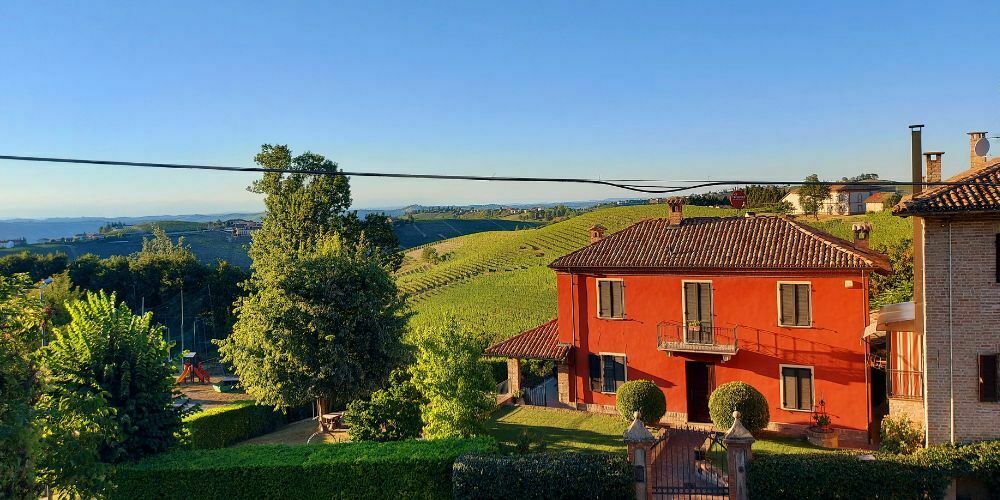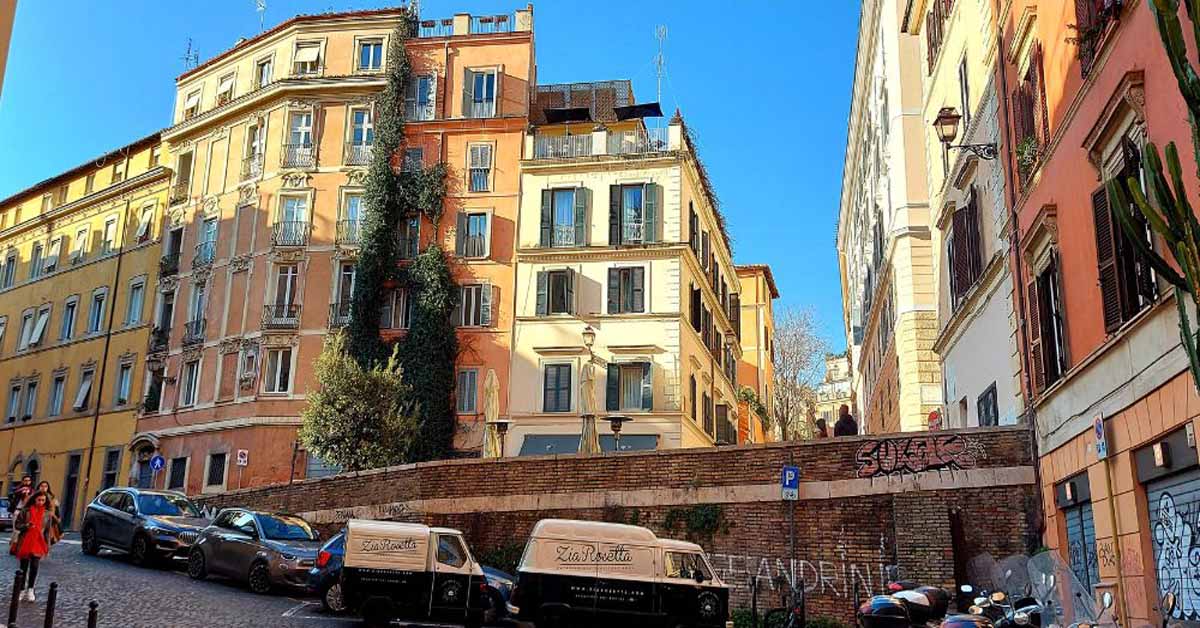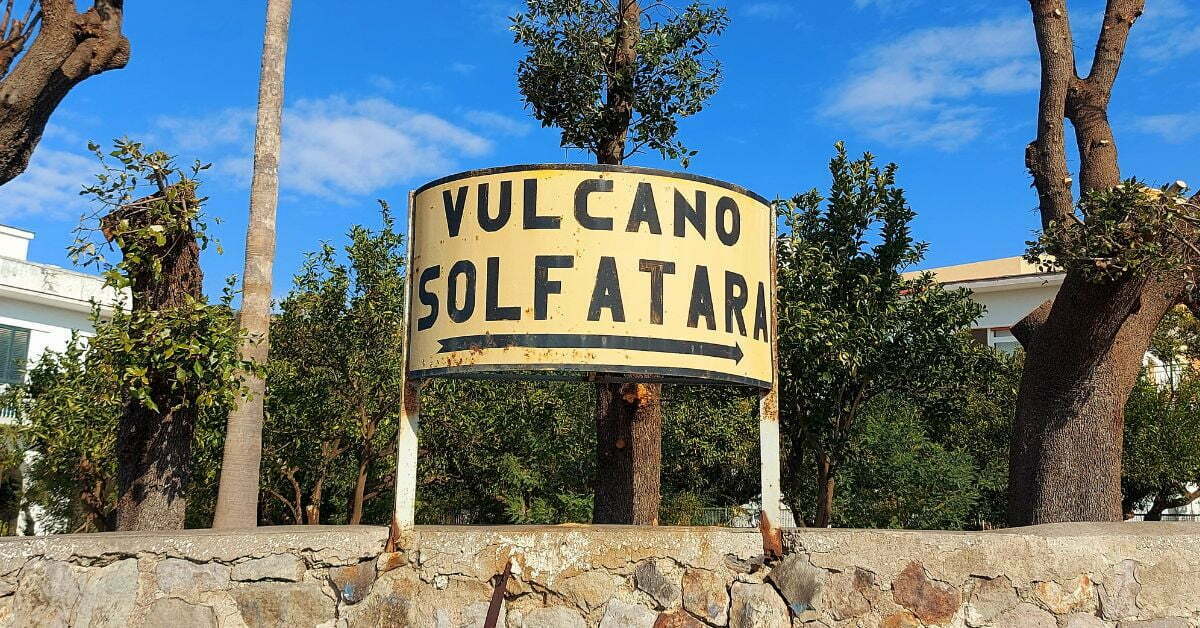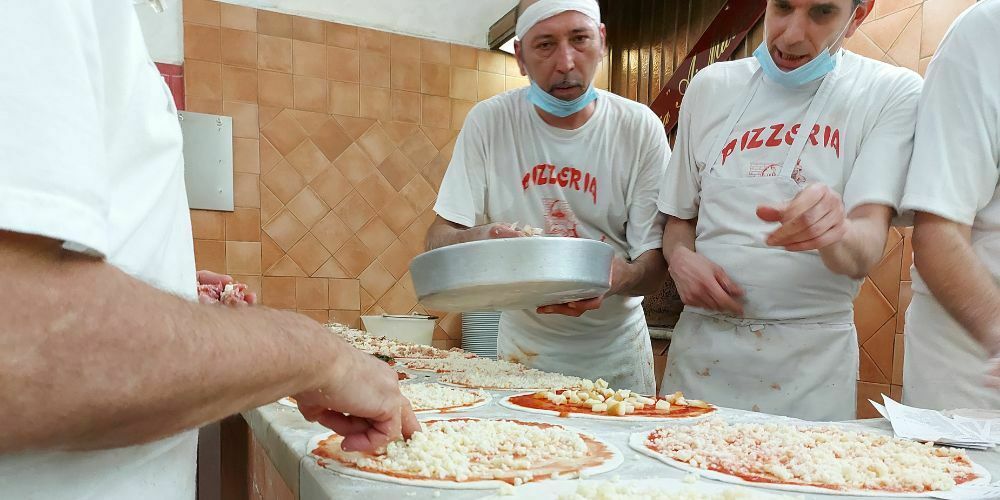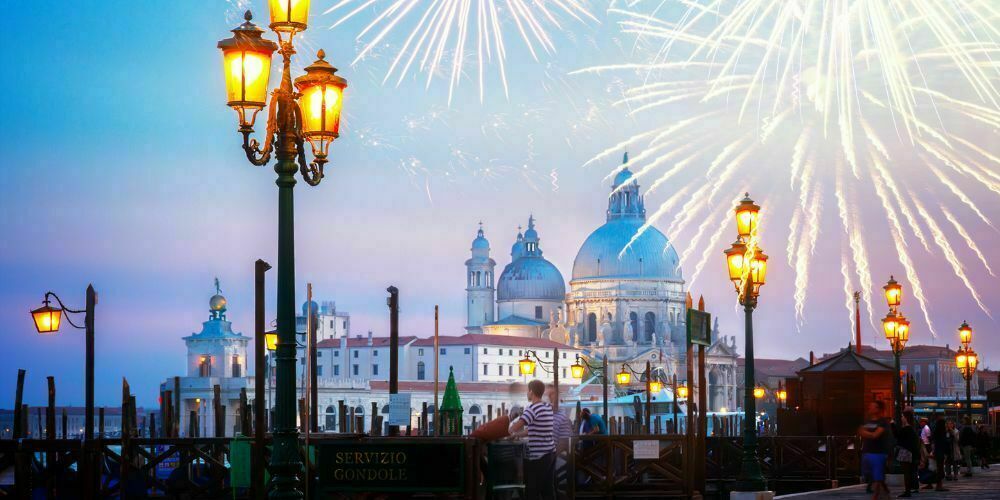Prosecco sparkling wine consists of three quality types. But what is Prosecco exactly? What is the difference with champagne? We answer these questions and visit the area where Prosecco is made.
Prosecco has been popular for years. Its success is partly due to the relatively low alcohol content (less than 10%) and the low carbon dioxide pressure, which is less than 3.5 atmospheres (champagne has a pressure of 6 atmospheres). Unlike champagne, Prosecco is not a drink to be enjoyed on special occasions, but can be enjoyed every day as an aperitif. It is also – in contrast to the French bubbles – affordable.
Hope: The Autobiography
By Pope Francis
New York Times bestseller
First autobiography by a Pope
A vivid memory…
Get offer at Amazon.comProsecco’s impressive popularity
According to IWSR, a British research bureau that focuses on the marketing of alcoholic beverages, almost 3 billion bottles of champagne and other sparkling wines will be opened next year. Almost one sixth of these will be Prosecco.
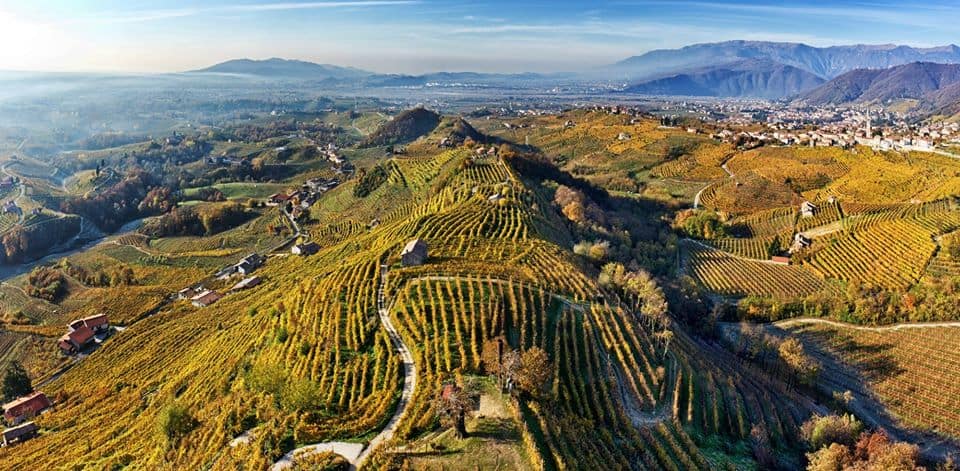
The Italian equivalent of Champagne is experiencing impressive growth. “In 15 years, the annual production of our Prosecco has increased from 2 to over 10 million bottles,” says Stefano Bottega, president of the wine producer Bottega, which is based in the core Prosecco region. Other well-known bubbly wines, to put it in this way, such as Champagne in France and Cava in Spain, are only experiencing a slight increase (and a sharp fall in the corona year 2020).
However, Prosecco does have a branding problem. There are high quality prosecco’s, moderate quality prosecco’s and ‘fake’ prosecco’s. Those looking for Prosecco at the liquor store may not see the wood for the trees.
The basic rule is that prosecco is a sparkling wine made from the grape variety glera, and originates from a certain region in north-east Italy. Only three official types of prosecco exist:
1. Conegliano-Valdobbiadene (Prosecco DOCG)
Even though the name Prosecco comes from the village of the same name, now a district of Trieste, the top wines come from Conegliano, Valdobbiadene and the surrounding municipalities. The core area consists of picturesque yet spiky hills, which are so special that UNESCO placed them on the World Heritage List in 2019.
2. Asolo (Prosecco DOCG)
Another high quality prosecco is the Asolo Prosecco, whose wine comes only from a few municipalities in the province of Treviso.
3. Prosecco DOC
The third official prosecco label -the Prosecco DOC- is responsible for the largest quantity of prosecco (DOC is the lowest of two Italian quality labels, the higher label is DOCG). Production takes place in nine provinces, including Venice, Padua and Trieste. This category provides the bulk of prosecco.
Fake Prosecco
Bottles without an indication of origin, without the label saying DOC or DOCG, are not from the Prosecco region. So any label that only mentions ‘Prosecco’ is, in almost all cases, simply not a Prosecco. By the way, to make things more difficult: some top producers no longer mention ‘Prosecco’ at all on the label, but only ‘Conegliano Valdobbiadene’. To come out on top of the rest.
Tasting Prosecco
There are plenty of opportunities to taste prosecco in the mecca of this wine category. Having spoken to Stefano Bottega, the chief of the prosecco brand of the same name, once in Rome, I decided to visit his company. But there are many other wine producers who open their doors to the public too. Bottega is a very big shot (10 million bottles a year), exports all over the world, has slick labels and actually produces quality prosecco (as well as non-sparkling wine and grappa).
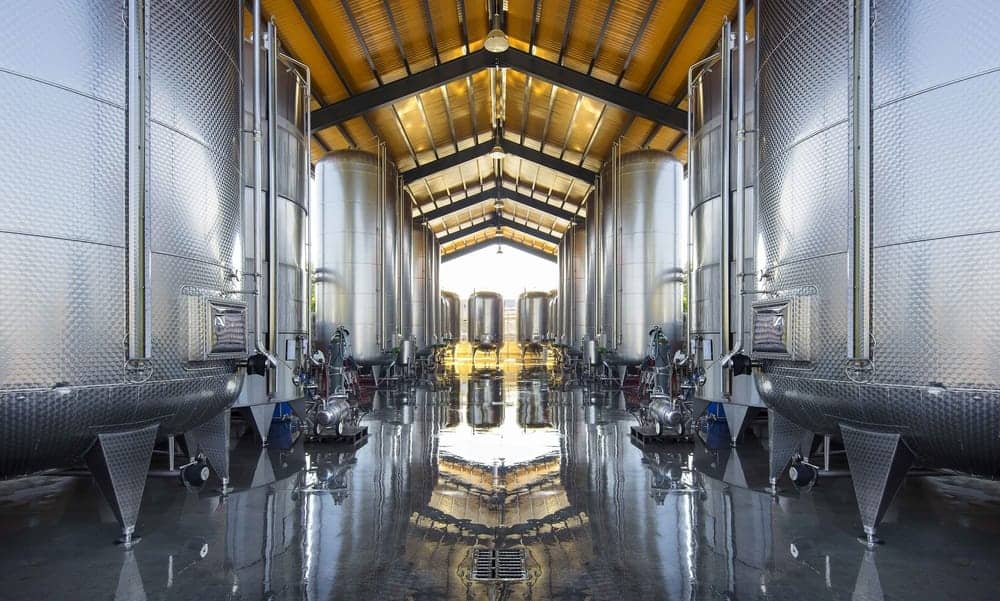
A visit to Bottega is not a quick sip of three types of ‘prosecchi’, but a tour of the grappa museum, the enoteca, the prosecco bar and the production areas, if one so wishes. With seven drinks to taste, you get back on the road.
Visiting the Prosecco region
The first thing to notice in Conegliano is the castle, or what is left of it. An imposing tower now houses the local museum. The painting exhibition is very nice with works by Palma the Younger, Pordenone and also Cima da Conegliano. I had never heard of Cima, but it appears that this painter ( of the Venetian Renaissance) fits in with Titian and Veronese. At the top (‘cima’ in Italian) of the tower, a beautiful panorama of rolling hills and flowing vines unfolds.
We dive straight into that beautiful landscape, also because we need lunch in a restaurant, one of those where the TV is on and we can watch an Italian melodrama. Trattoria Costabella is just outside Conegliano. It is rustically furnished. There are framed black-and-white photographs and pans attached to the wooden ceiling (luckily they left some on the fire). There is no menu. Instead, a waiter comes around and reads out the dishes of the day. An excellent opportunity to brush up on your Italian. In Costabella, you eat meat.
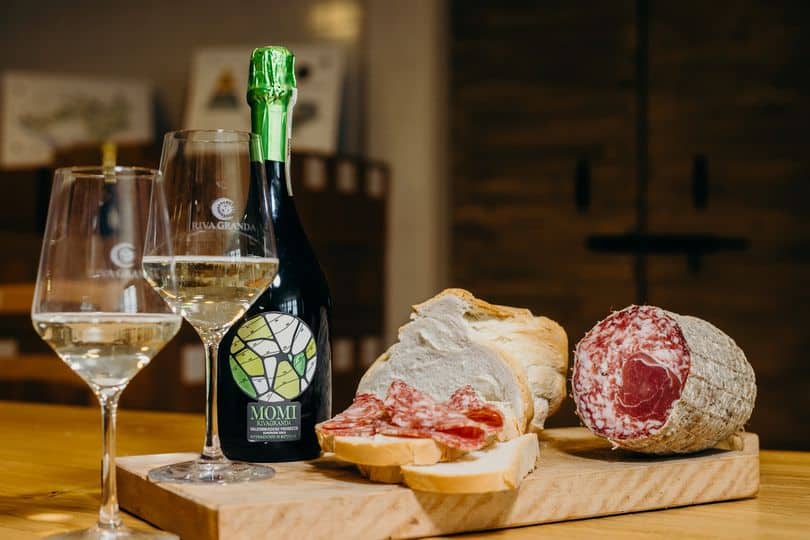
The Prosecco region is famous for, among other things, ‘spiedo di carne’: pieces of chicken, rabbit or pig meat strung on a long skewer that has hung over the fire for five hours if it is done properly. The area is also strong in the production of salamis or rather soppressata. The soppressata, unlike salami, is made from lean pork and has a flattened shape. The ‘sopressa’ of the province of Treviso (where we are now) is renowned.
Refrontolo
Fifteen kilometres further on we find Refrontolo. We visit it because of the 16th century mill that lies spectacularly next to a twelve-metre-high waterfall. Scenes were shot near this mill for the film ‘Mogliamente’ (1977) with Marcello Mastroianni. We also see this actor in Cison di Valmarino (20 km north).
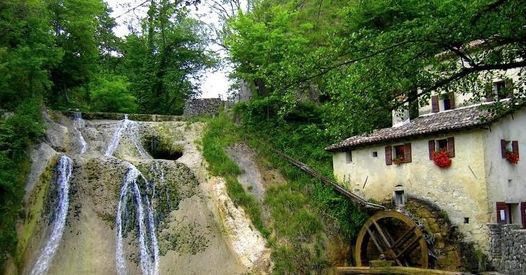
Mastroianni lives in a house on Piazza Roma in the centre of the town, where the church of Santa Maria Assunta is located. The church is quite special because it has a façade both at the front and the back. By the way, film fans who want to discover the locations in this area should see the film ‘Finché c’è prosecco c’è speranza’ (‘There is hope as long as there is prosecco’) from 2017.
Abbey of Follina
Cison is dominated by Castelbrando, an enormous castle named after the noble Brandolini family. The castle is now largely a luxury hotel.
It is not yet autumn, but since we are in the area of Cison, we should definitely taste the marroni of Combai. You can see, feel and taste the difference in quality between the castagne and the marrone. The marrone is bigger, the peel comes off more easily and the fruit tastes sweeter.
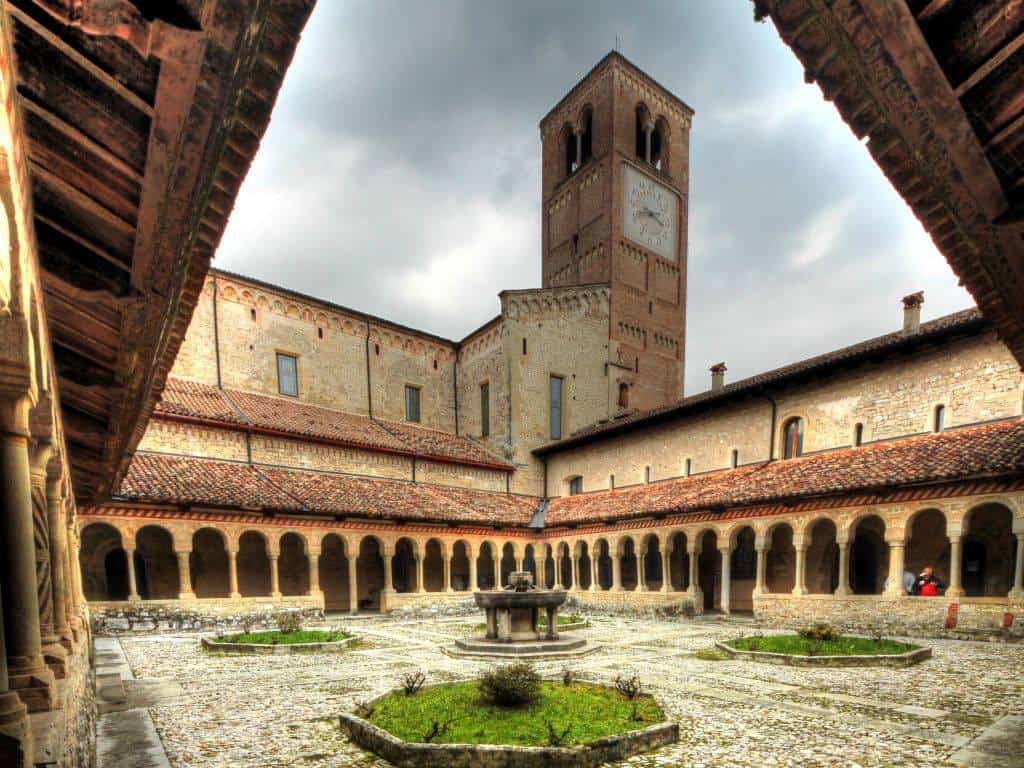
Possibly the most important cultural heritage of the region is the Abbey of Follina (3 km from Cison). A wide staircase leads to the severe, Romanesque facade of the complex, which is more than 750 years old. A gem is also the cloister with different types of twin columns and capitals.
RELATED: If (Cistercian) monasteries are your thing, you should also visit Lazio (Central Italy).
Valdobbiádene
The finale of this stage leads to Valdobbiádene. Here, the winner can open the prosecco without remorse – and aren’t we all winners? You can do that perfectly well in the Osteria senz’Oste. This ‘osteria’ is a place to eat -that’s the word- located just outside the built-up area (in the hamlet of San Pietro). The name can be translated as tavern without host and that is exactly what it is.
Cesare has opened up part of his home and there are bottles of Prosecco and Cartizze (a kind of super Prosecco) for the taking. There is a canister where you can put money, also for the rest of the ‘fourage’ consisting of Cesare’s home made meats, cheese, eggs, bread. The view over the steep prosecco hills is impressive here.
Side note on Prosecco
As so often when an agricultural commodity is successful, other crops are likely to disappear. Farmers prefer to gamble on higher margins, which is understandable. The core of the Prosecco region is therefore characterised by monoculture. This can have bad consequences for the habitat of humans and animals. More on this in a article by my Rome colleague at The Guardian.
What is Prosecco?
The basic rule is that prosecco is a sparkling wine made from the grape variety glera, and originates from a certain region in north-east Italy. Only three official types of prosecco exist: Conegliano-Valdobbiadene, Asolo, Prosecco DOC.
What is the difference between Champagne and Prosecco?
Prosecco contain less (than 10%) alcohol and lower carbon dioxide pressure than Champagne. Prosecco is a every day drink, the pricier Champagne is more for special occasions.

